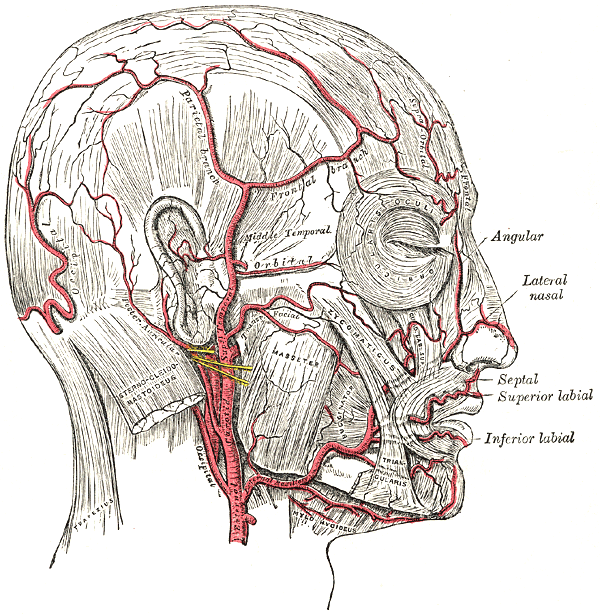The 1990 ACR criteria for temporal arteritis can be remembered using the mnemonic: TEMPL3 T: Temporal artery abnormality (Tenderness or reduced pulse) E: Elevated ESR (50 mm/hr or more) M: Multinucleate giant cells (Present on biopsy) P: Pain (New onset localized headache) L: Later life (Age 50 years or over…
Tag: Cardiovascular system
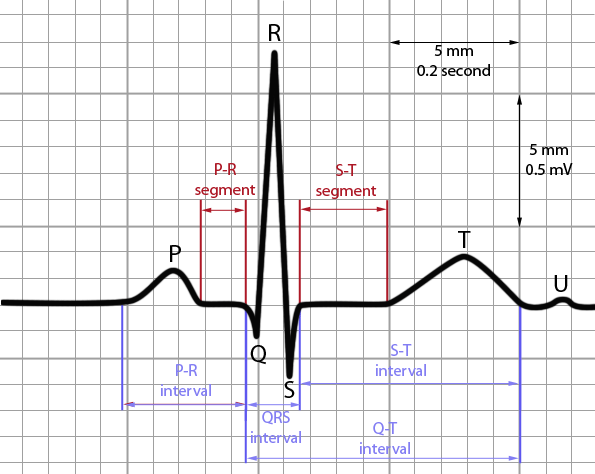
ECG Guide for Surgeons
There is an old saying that two surgeons and an ECG form a double-blind-study. Then, there’s a protocol for surgeons intended for humor: All spikes up: Operate All spikes down: Call Medics All spikes missing: Recently: Call Anesthetist A long time ago: Complete death certificate So, let’s think of heart…
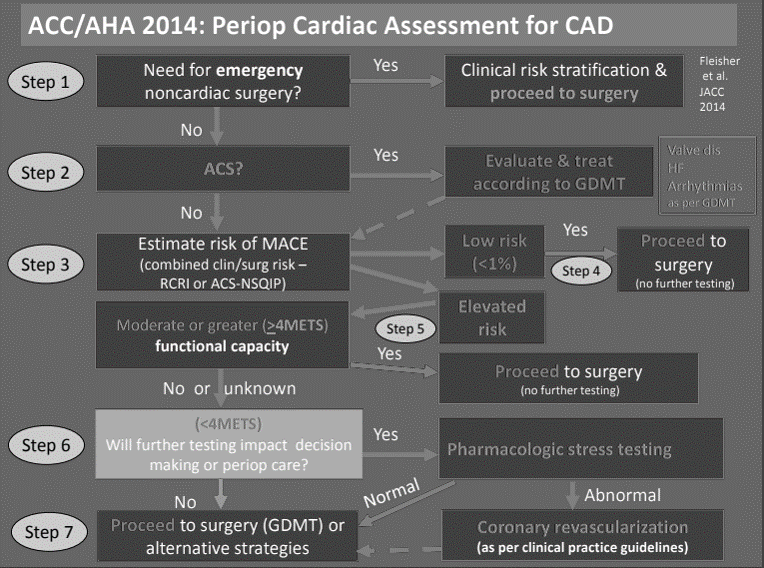
Preoperative Cardiac Evaluation in Non-cardiac Surgery : Mnemonic
Besides, for the emergency/urgent surgeries, one needs to evaluate 4 variables in the preoperative cardiac evaluation of the patient for the non-cardiac surgery. We have elaborated the mnemonics used by CasesBlog. These variables can be remembered by the mnemonic PAST. Patient risk Activity level (METs) Surgical risk Test (Stress test)…
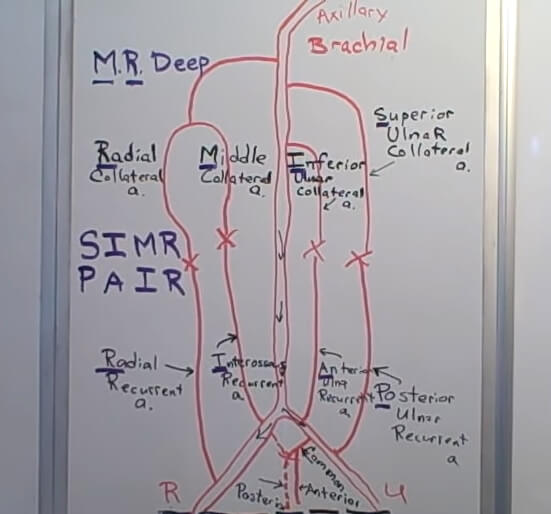
Elbow Anastomoses : Mnemonic
First things first. It is essential to understand the meaning of collateral and recurrent arteries. Recurrent arteries turn back so as to reverse direction. Collateral arteries refer to side branches of the major arteries. Mnemonic: M.R. Deep On the posterior aspect of the shaft of the humerus: Profunda brachii (Deep…

GRACE, HEART and TIMI score Mnemonics : Cardiac Chest Pain Risk Stratification
GRACE Score Mnemonic: GRACE A. Global Registry of Acute Coronary Events B. Renal: Creatinine C. Age D. Cardiac: Heart rate Systolic blood pressure Cardiac arrest at admission Killip class: I – No CHF II – Basal rales and/or JVD III – Pulmonary edema IV – Cardiogenic shock E. ECG and…
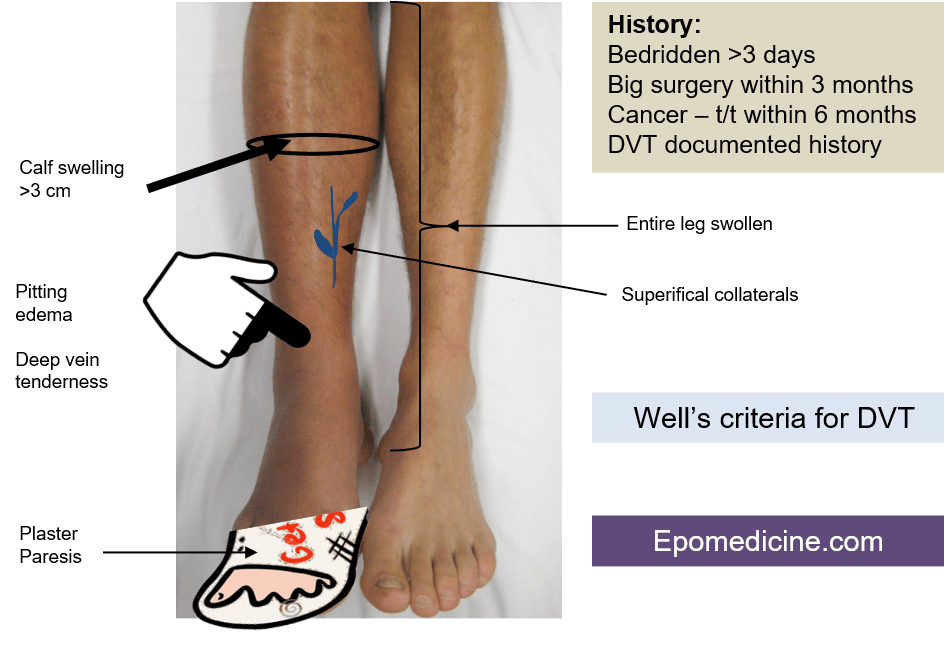
Well’s criteria for DVT with Mnemonic
Mnemonic: ABCD(CD)E(CDE) – 4P A: Alternate diagnosis of DVT more likely (-2) B: Bedridden recently >3 days or Big (major) surgery within 3 months (+1) C: Cancer – treatment or palliation within 6 months (+1) D: Deep venous involvement: Mnemonic – CD Collateral (non-varicose) superficial veins present (+1) Deep venous…
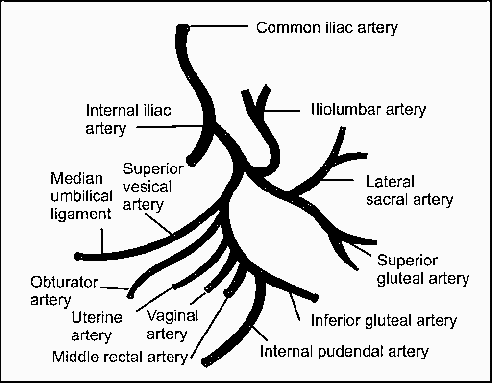
Internal Iliac Artery Anatomy : Simplified
Origin L5-S1 (common iliac artery bifurcation; anterior to SI joint) Course Extends down and posteriorly ~4 cm until superior margin of greater sciatic foramen and bifurcates into 2 trunks (in 60% cases) – Anterior trunk: continuation of the main artery towards ischial spine Posterior trunk: passes towards greater sciatic foramen…
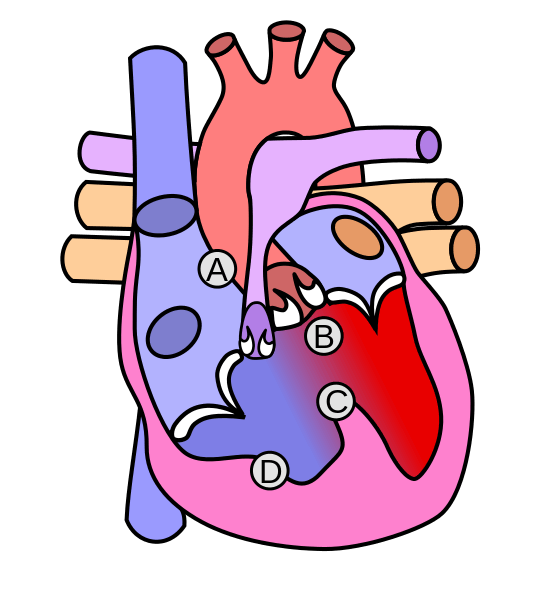
Case of Cyanotic Congenital Heart Disease : PGE1 saves life
A Single Male baby was born at 38 weeks of gestation with birth weight of 3.1 kg through Normal vaginal delivery. At birth the child had cried immediately. At 15 minutes of life, the child developed central cyanosis. There was no respiratory distress and heart rate was normal range. Child…
